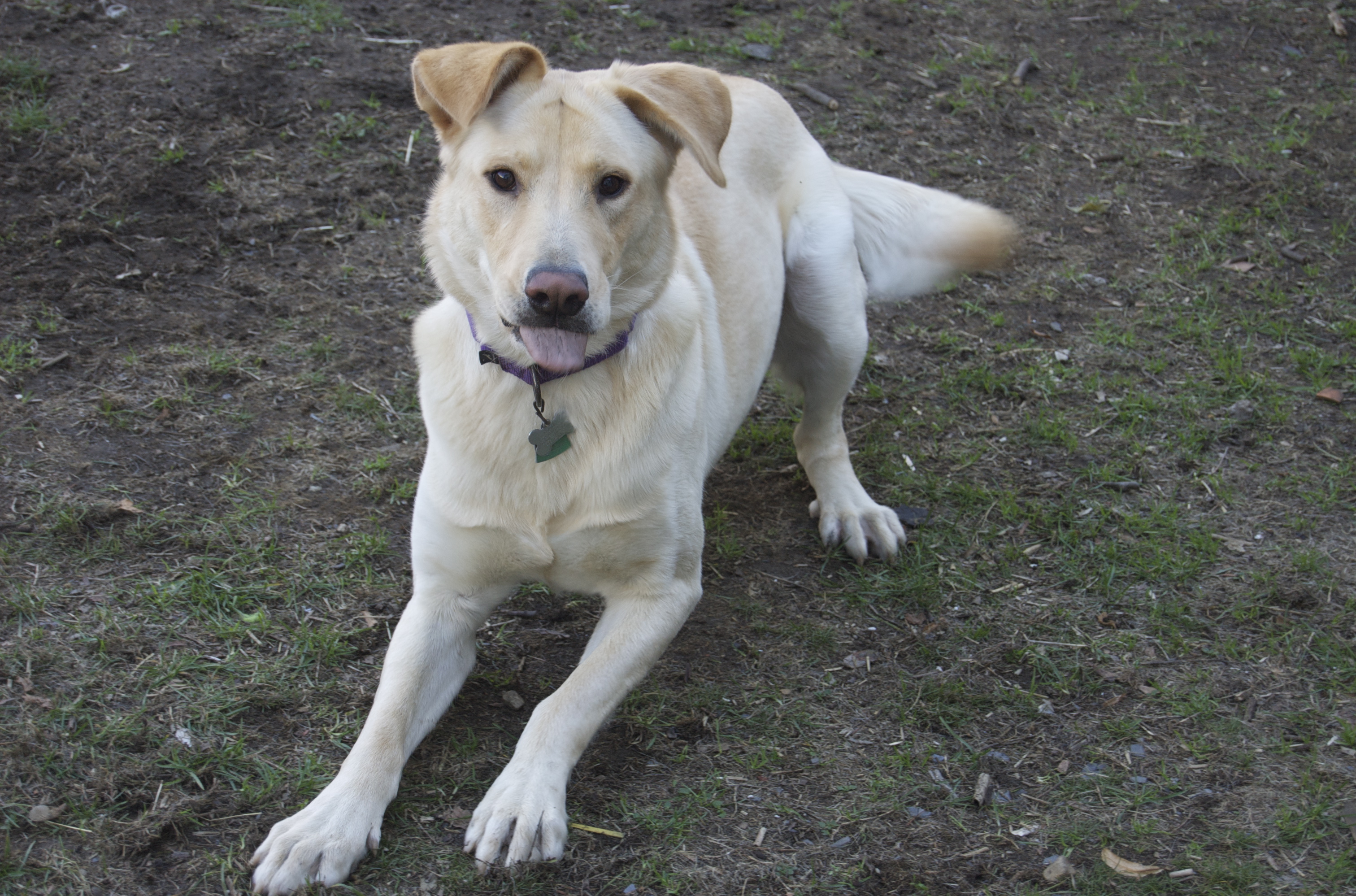My dog is no longer Ester. She’s now Esther.
Who cares, you say? I do. I care a lot. Because Esther is spelled with an h. And because I’m kind of a weirdo about names.
I’m a synesthete (this is my excuse for everything) and the way people’s names are spelled makes an irrationally big difference to me.
For example, in second grade, I was deeply disturbed when I discovered that the principal, Sister Eileen, was actually Sister Aileen. I still have a hard time wrapping my head around that one. I mean, she looks like an Eileen, not an Aileen! And Aileen and Eileen are two different sounds. Plus, the shapes of the names are completely different. I mean, come on.
No one was with me on this. I remember complaining about it to someone, but I didn’t get much of a reaction. It was probably my mother, because at the time I learned how Sister Aileen’s name was spelled, I was sitting in the principal’s office, waiting for my mother to come and collect me.
Anyhow, what I’m trying to say is, I’m OCD about the spelling of names. My name, your name, anyone’s names. This extends to fictional people (you can’t imagine how long it takes me to name my characters.) It also extends to pets.
When we adopted our dog, I was irritated to see that her name on Petfinder was Ester. Not Esther. Not Easter. Not even Hester. It was Ester, like Ester-C.
Every time I looked at her name, (which was a lot, as we exchanged emails with the shelter that brought her from West Virginia and filled out paperwork) it looked like a typo. It was like looking at “yea” when someone means to type “yeah.” Or “pacific” when you know that a person means “specific.”
The idea that a name – even the name of a pet – could be a typo really bothered me. Surely, this dog’s name was not a mistake. Someone must have meant to name her Ester. So, I looked up “Ester” online to see if it meant anything. It does. According to Wikipedia, “esters are chemical compounds consisting of a carbonyl adjacent to an ether linkage.”
That settled it. The dog’s name was definitely a typo. I’ve got some theories about the sort of people who owned the dog before we got her, and I don’t think they’re chemists. Not even the illegal kind.
Now, before I take this any further, I am aware that there are women named Ester. I’m sorry Esters of the world; like Anne of Green Gables, who famously dissed the rest of us Anns by saying that an Anne without an e was too plain,* I am a snob about the name Esther. I feel Esther needs an h. Otherwise the name just looks like the tail end of “molester.”
We decided to keep the name, but there was no chance to change the spelling. We simply handed the shelter’s paperwork over to the vet and the vet gave us paperwork to hand to the city and she remained Ester. I’ve been calling her Esther, and the tag on her collar says Esther, but really, legally, she’s been Ester. I’ve tried to be cool with it. I’ve tried to tell myself that it doesn’t really matter, because Ester and Esther sound alike. Anyway, the dog can’t read, and certainly doesn’t care, but I’ve got to be honest: It’s been eating my lunch.
That was until yesterday, when my husband renewed the dog’s license and requested that the name be changed to Esther. When we bring the dog to the vet this month we’ll make the change there. And Esther will no longer be Ester on any paperwork. She’ll be Esther.

They named him Richard. They also told us that he never makes any noise and that he plays well with other cats.
This will continue to matter very little to her. Her major concern in life is that Goober the cat does not steal her beloved Nylabone.
Goober. There‘s an animal who’s had an irritating parade of names. At the shelter, his name was Richard. Richard. Really? Who names a cat Richard? That’s a late-1970s/early-1980s name for a guy with a moustache, or a name for an older British gentleman, who also possesses a title. Not that I’ve given it much thought.
I’m glad we didn’t keep it for the cat. Good thing my husband came through in the clutch with a princely name like “Goober.”
*That chapter soured me on the little brat and all her little Prince Edwardian friends. Harrrumph.

